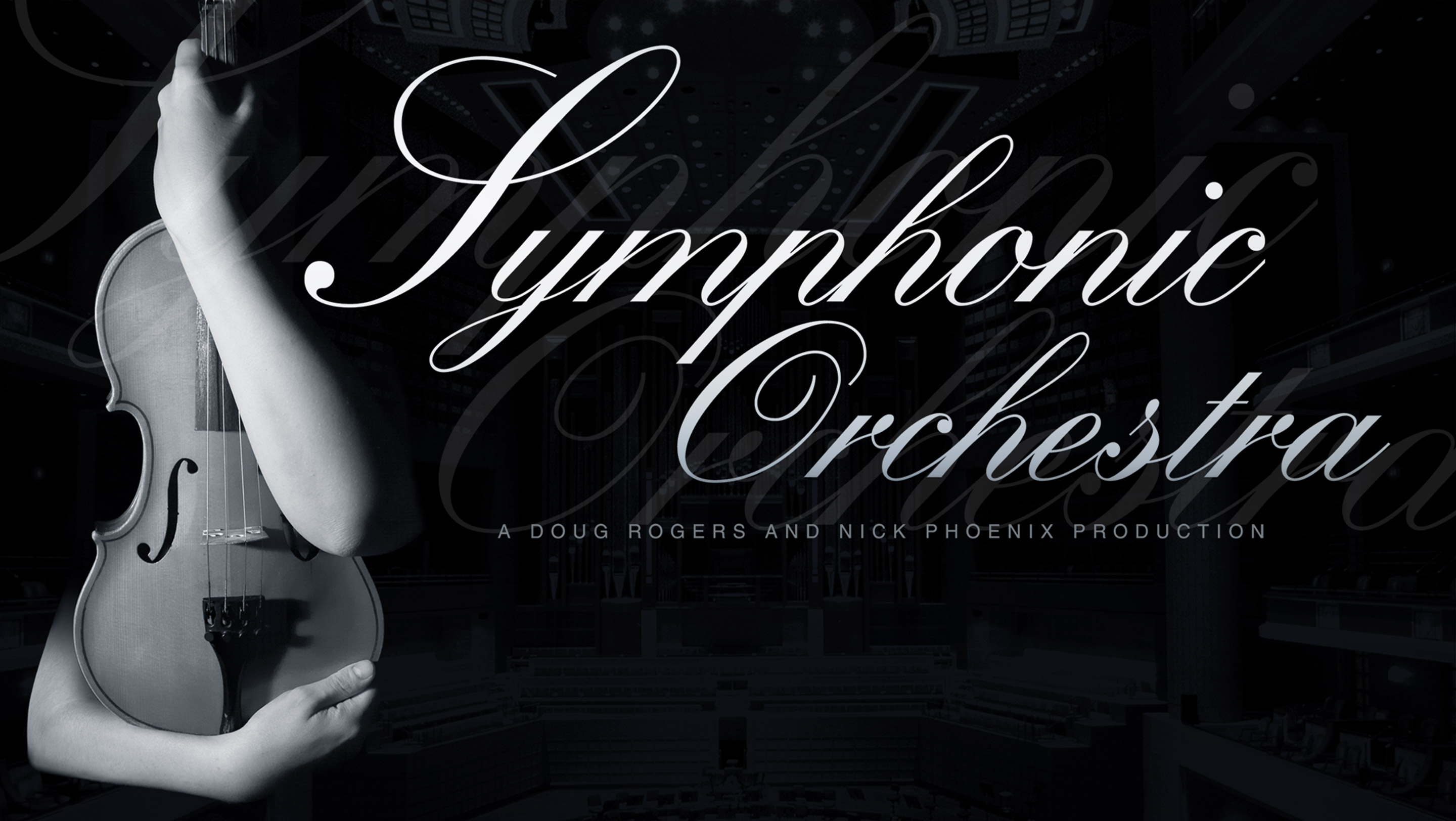

Therefore, it is adept at providing depth and rhythmical accompaniments to the violins. The viola is a little bigger than the violin and has a deeper tone and pitch. The second violin underlines and harmonizes with the first violin (the 2nd violin is often playing the same melody in a lower pitch. The violins are split into first and seconds, and both are often the lead melody. The String Instruments’ respective roles in the orchestraĮach instrument in the string section has a role to play: Violin (1st and second): If you have ever heard an old, out-of-tune piano, you can clearly hear the percussive sound it produces. You might think that the piano is defined as a string instrument in the orchestra because of the strings inside of it?īut actually, it is defined as a percussion instrument due to hammers that hit the strings, rather than someone plucking them or using a bow. However, you have probably noticed that I have left out another very specific instrument as well. Since the guitar had a pretty weak sound projection compared to the other string instruments, it is likely that this is the reason for not becoming a part of the string section. To the days where musical instruments did not have amplifiers. The player plucks the strings, or most commonly, uses a bow to play the strings.īut what about the guitar? Why is the guitar not included in the string section of the orchestra?īecause orchestras go waaaay back. You might wonder what is the definition of a string instrument? It is an instrument where the instrumentalist has to make strings vibrate in order to produce sound.

The brass instruments’ respective roles in the orchestraĪs you probably guessed, this section consists of the typical wooden-bodied instruments you think of when picturing an orchestra:īut those are not the only string instruments in an orchestra.Īnother string instrument that is also in this group is the harp.The woodwinds’ respective roles in the orchestra.The String Instruments’ respective roles in the orchestra.


 0 kommentar(er)
0 kommentar(er)
